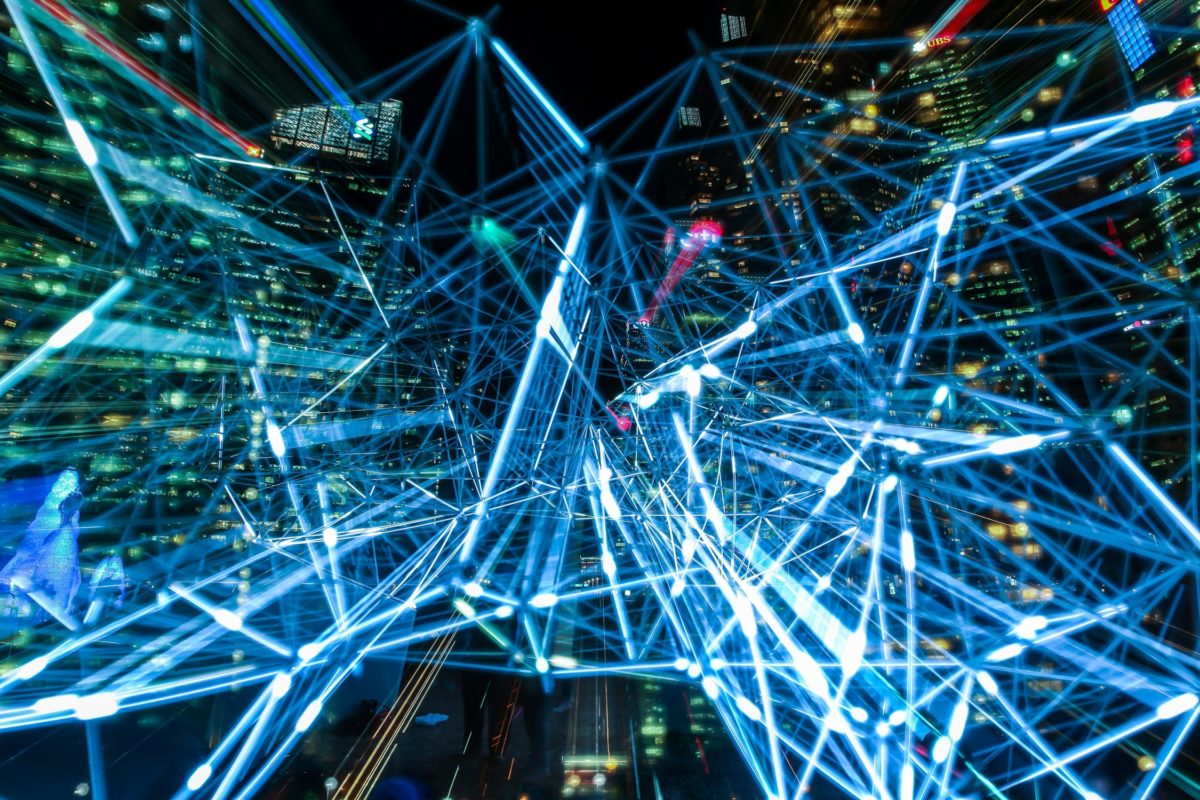Over the last century, many technology developments have had major impact on our everyday life, for example, electricity and the internet. Some developments have had such an impact, that they can be seen as disruptive. Disruptive technologies are those that revolutionize a business or an entire industry (Radcliffe, 2018). This could force companies to alter their strategy in order to prevent losing market share. Often, these disruptions can even create new markets, causing a wave of new companies around the innovation, and affecting established businesses (Chistensen, Raynor, & McDonald, 2015). Disruptive technology is often introduced as a way to improve daily life, yet it can have its drawbacks. This is now occurring with the development of 5G; many companies are investing in this new network, while, at the same time, a lot of people are warning for the harm it may cause. Therefore, I find it hard to determine whether 5G is constructive or rather destructive innovation.
Ways in which 5G could change our lives
5G can be described as a network that provides wireless internet connections that are faster and more accessible than ever. Furthermore, it gives the opportunity to implement ‘The Internet of Things’ (IoT), in a way that we not only could have smart homes, but even whole smart cities. With 5G, it would become possible to handle data from millions of IoT devices, which could support intelligently organized traffic flow, energy use or public safety. Another prospect of 5G lies in driverless cars. With 5G, driverless cars will be able to communicate with other cars, road signs or traffic lights, and get instant responses, because of the incredibly fast 5G network.
The dark side of 5G
As mentioned earlier, disruptive innovations may be presented as a positive life changer, they often have their downsides. With 5G, many people fear the negative effects the network could have on health. The networks that already exist nowadays, 2G, 3G and 4G, already create radiofrequency waves that may give rise to health risks. Since 5G will have a much larger bandwidth, which needs to be supported by shorter waves, it will cause more radiation. Thus, some health experts and scientists perceive 5G as a large threat. It should, however, be noted, that these expectations are not supported by a significant amount of scientific research. The influence of radiation can still be seen as rather unknown territory. Yet, the question arises as to whether it really matters if the possible health risks are substantiated. Regarding the concerns about health issues, the implementation of 5G could give rise to distrust and anxiety among people and ultimately cause severe societal unrest, whether justified or not.
Glimpse into the future
There is a possibility that 5G will become a disruptive innovation, as it will replace existing products and give rise to new markets. Since 5G is already in development, it will probably be implemented in the near future. This change could bring many opportunities for numerous industries, however, many fear increased health risks, which will give rise to anxiety and protest among citizens. For that reason, I think it is essential that companies and governments start addressing these possible negative effects, and ensure security and reassurance. Only then, a smooth transition to 5G will become a reality.
Bibliography
Chistensen, C., Raynor, M., & McDonald, R. (2015). What is Disruptive Innovation. Harvard Business Review, 44-53.
Radcliffe, D. (2018). Disruptive Technology. Retrieved from Investopedia: https://www.investopedia.com/terms/d/disruptive-technology.asp


